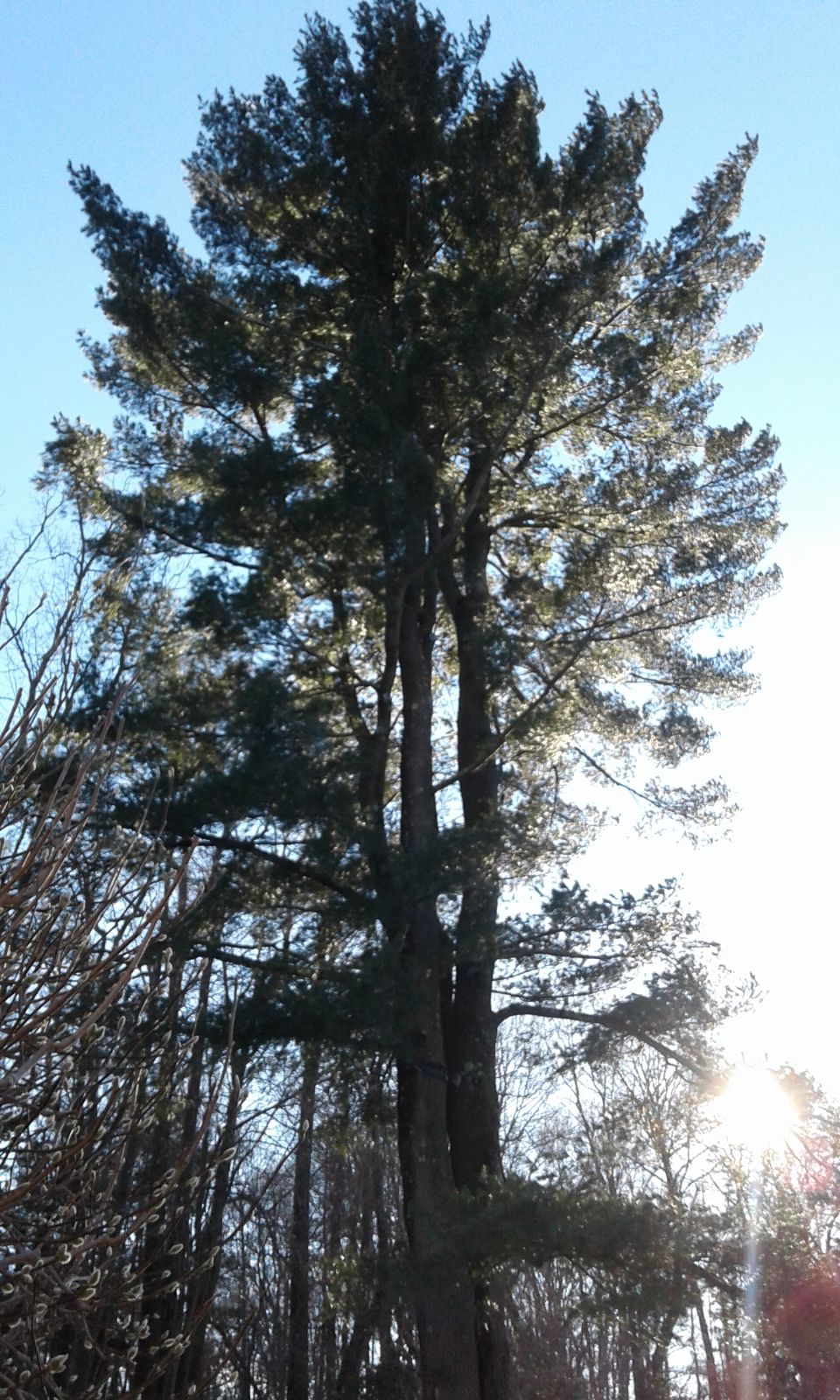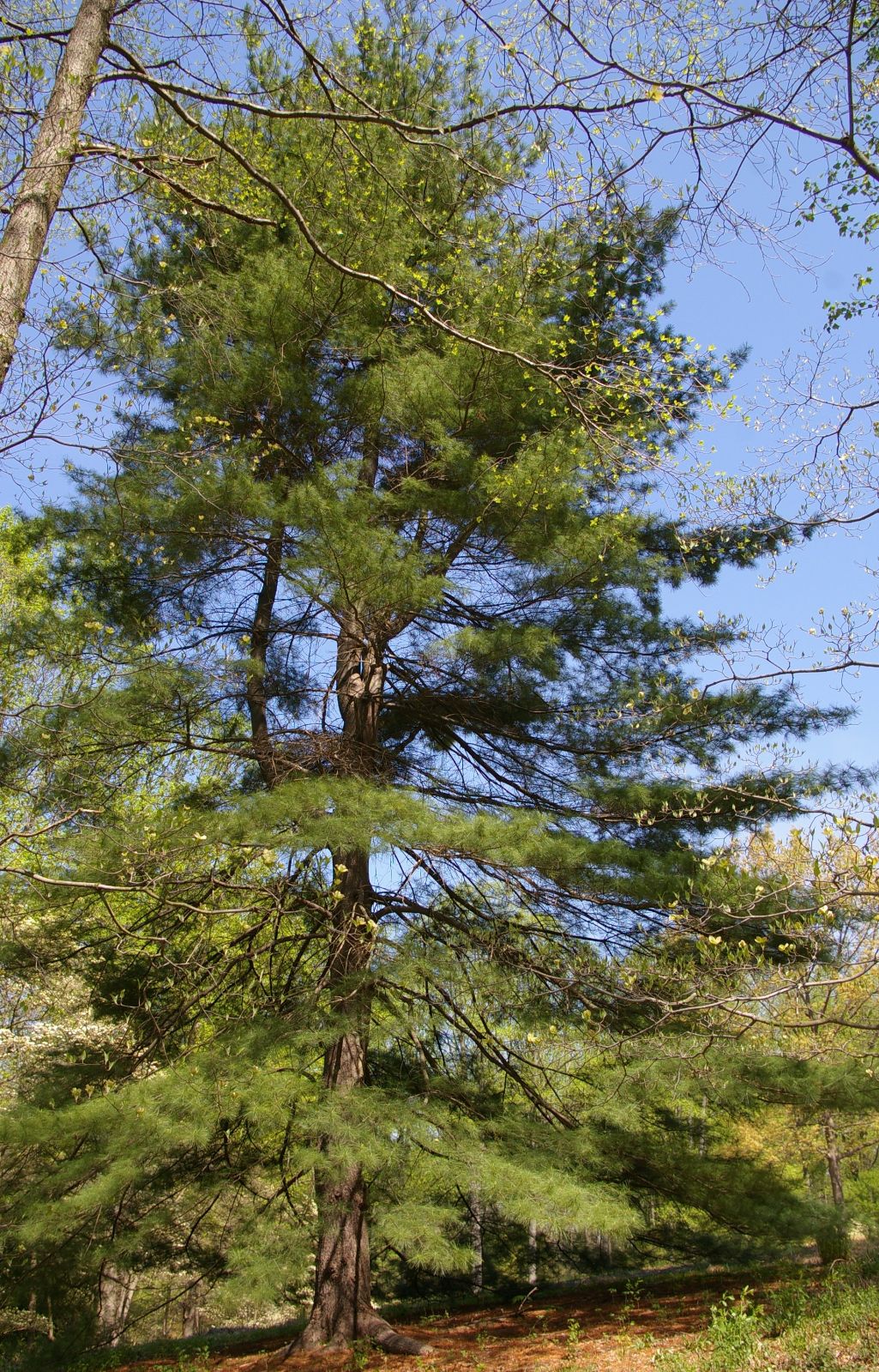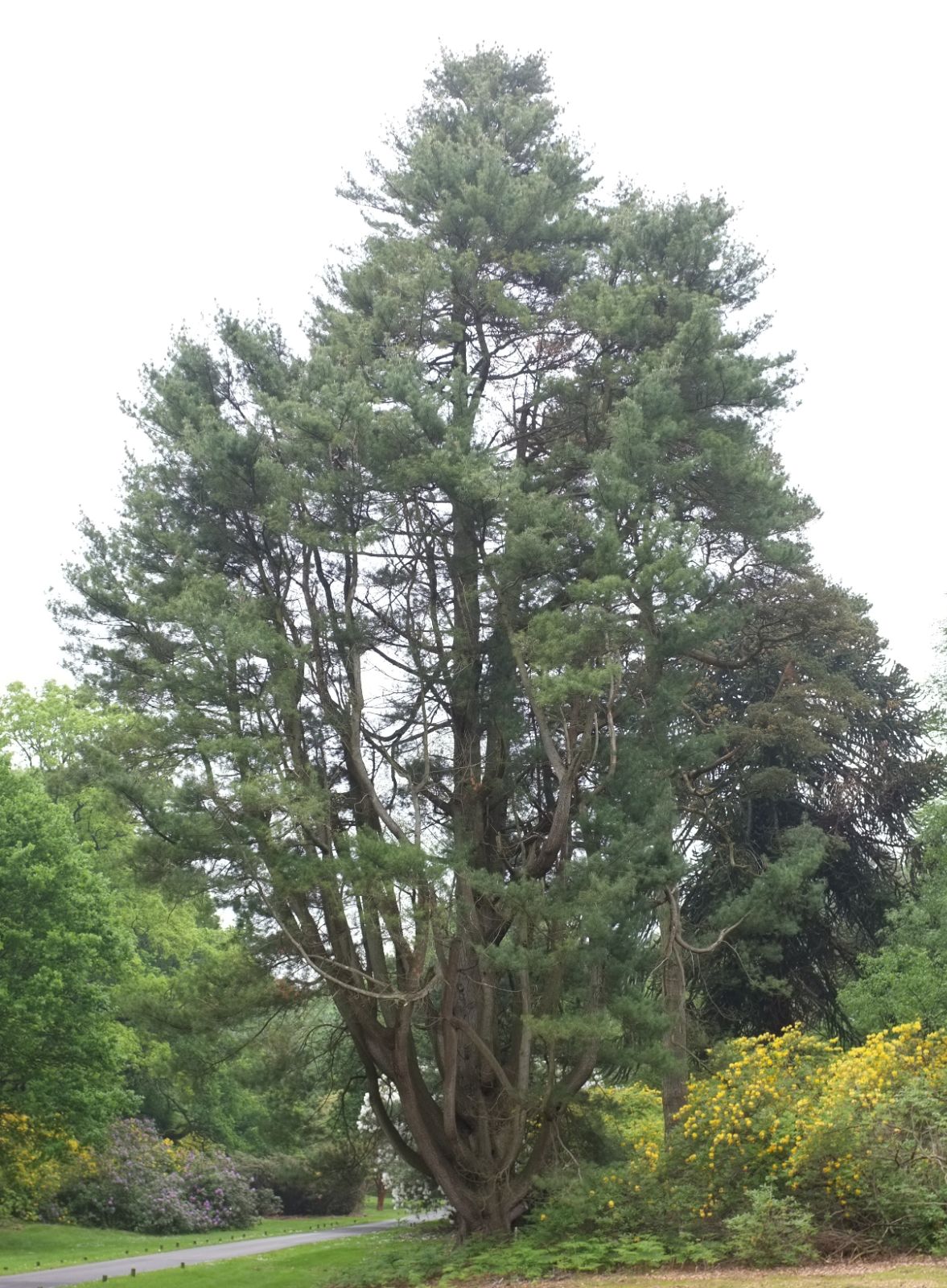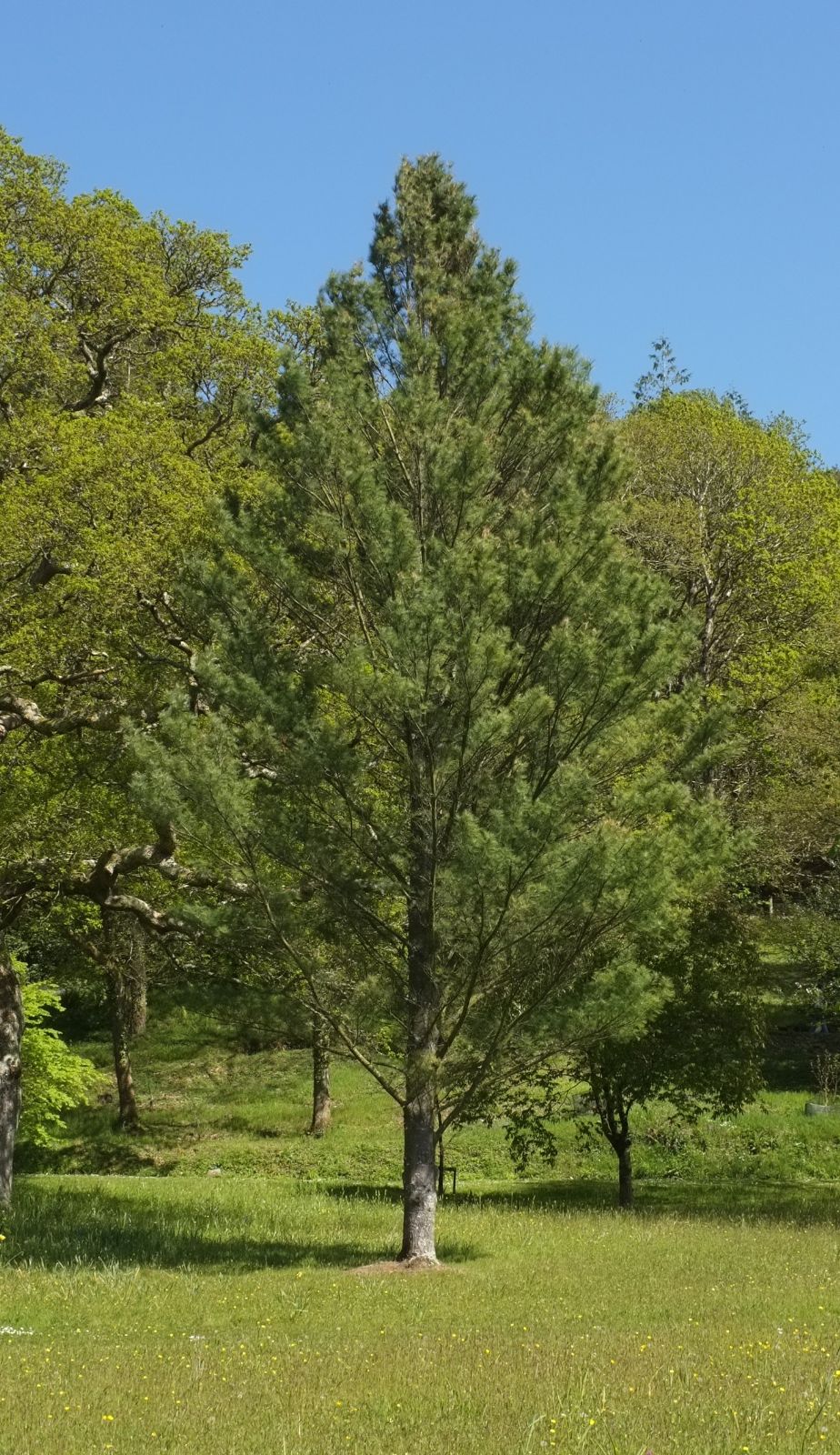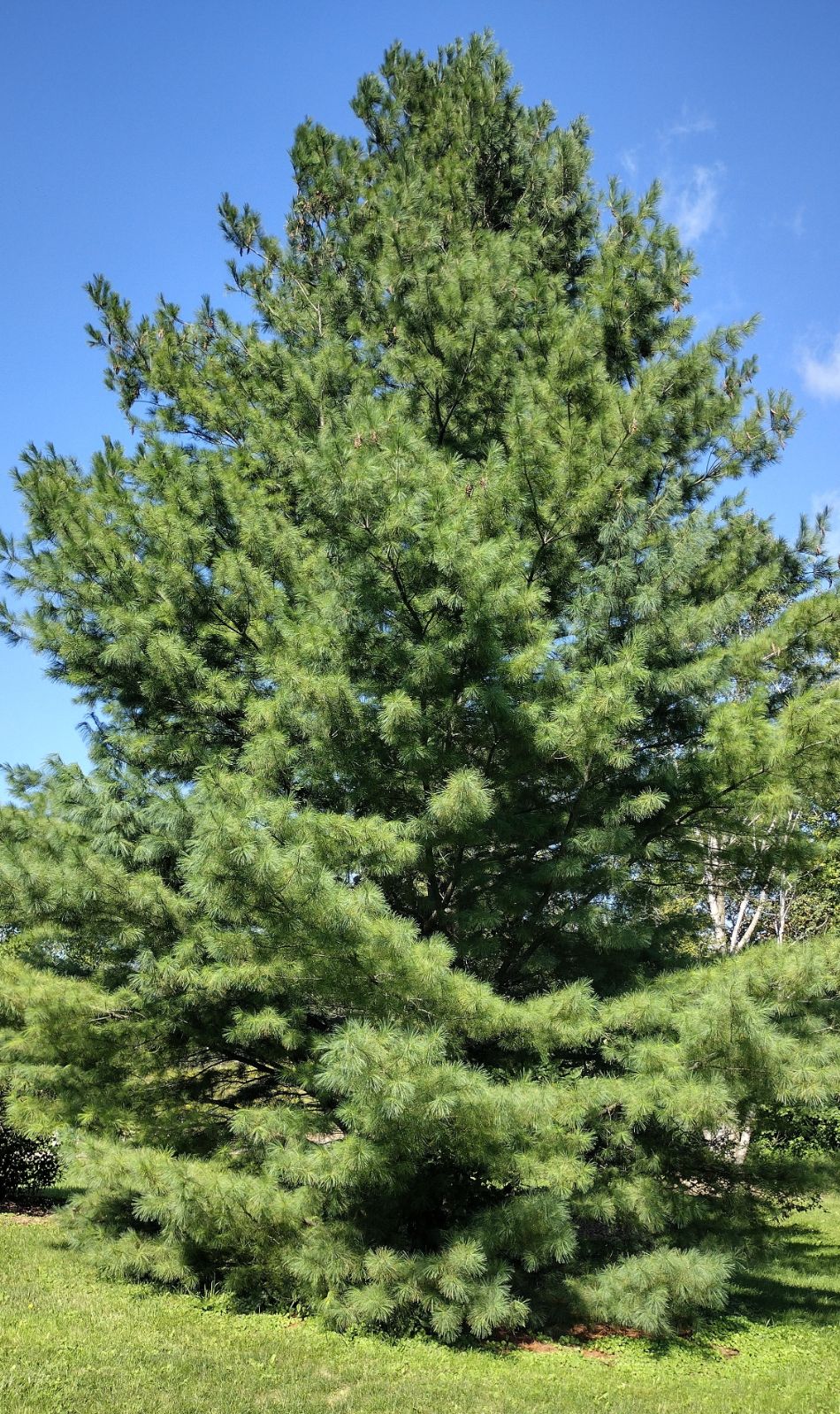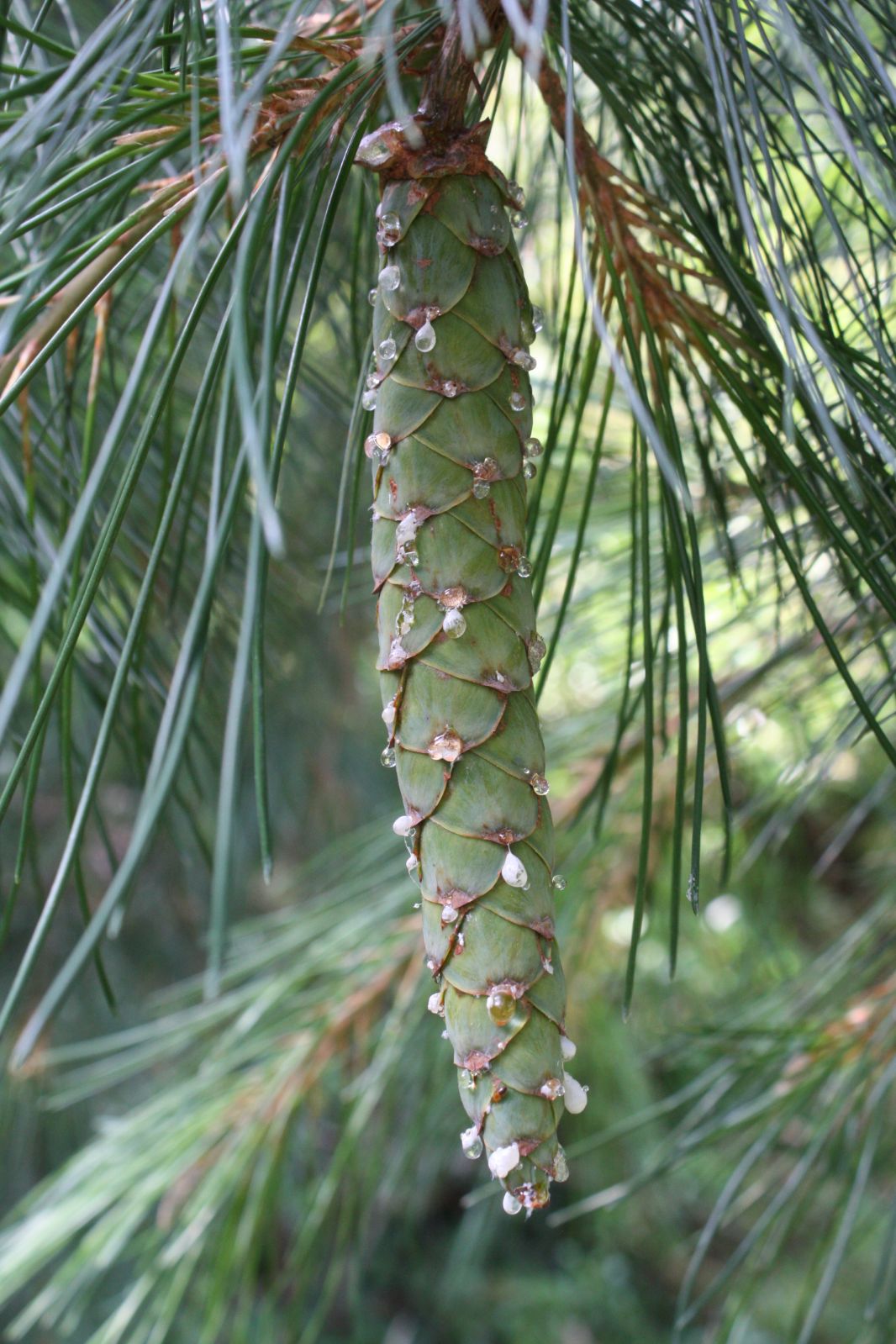Pinus strobus
Credits
Article from Bean's Trees and Shrubs Hardy in the British Isles
Recommended citation
'Pinus strobus' from the website Trees and Shrubs Online (treesandshrubsonline.
Genus
Common Names
- Weymouth Pine
Infraspecifics
Other taxa in genus
- Pinus albicaulis
- Pinus arizonica
- Pinus armandii
- Pinus attenuata
- Pinus ayacahuite
- Pinus balfouriana
- Pinus banksiana
- Pinus bhutanica
- Pinus brutia
- Pinus bungeana
- Pinus canariensis
- Pinus cembra
- Pinus cembroides
- Pinus chiapensis
- Pinus contorta
- Pinus coulteri
- Pinus culminicola
- Pinus densata
- Pinus densiflora
- Pinus devoniana
- Pinus durangensis
- Pinus echinata
- Pinus edulis
- Pinus elliottii
- Pinus engelmannii
- Pinus eremitana
- Pinus flexilis
- Pinus gerardiana
- Pinus greggii
- Pinus × hakkodensis
- Pinus halepensis
- Pinus hartwegii
- Pinus heldreichii
- Pinus henryi
- Pinus × holfordiana
- Pinus hwangshanensis
- Pinus jeffreyi
- Pinus johannis
- Pinus koraiensis
- Pinus lambertiana
- Pinus leiophylla
- Pinus longaeva
- Pinus massoniana
- Pinus maximartinezii
- Pinus monophylla
- Pinus montezumae
- Pinus monticola
- Pinus morrisonicola
- Pinus mugo
- Pinus muricata
- Pinus nelsonii
- Pinus nigra
- Pinus oocarpa
- Pinus orizabensis
- Pinus palustris
- Pinus parviflora
- Pinus patula
- Pinus peuce
- Pinus pinaster
- Pinus pinceana
- Pinus pinea
- Pinus ponderosa
- Pinus pseudostrobus
- Pinus pumila
- Pinus pungens
- Pinus quadrifolia
- Pinus radiata
- Pinus remota
- Pinus resinosa
- Pinus rigida
- Pinus roxburghii
- Pinus sabiniana
- Pinus serotina
- Pinus sibirica
- Pinus strobiformis
- Pinus sylvestris
- Pinus tabuliformis
- Pinus taeda
- Pinus taiwanensis
- Pinus teocote
- Pinus thunbergii
- Pinus torreyana
- Pinus virginiana
- Pinus wallichiana
- Pinus wangii
- Pinus yunnanensis
A tree usually 60 to 80, rarely above 100 ft high in this country, but known occasionally to have exceeded twice that height in the United States; bark of trunk shallowly fissured. Young shoots with a tuft of down extending downwards from each leaf-bundle, much of which soon falls away; winter-buds ovoid, with closely flattened scales. Leaves in fives, mostly falling the third year, 3 to 5 in. long, roughened on the margins, soft bluish green, with lines of white stomata on the inner sides; leaf-sheath about 1⁄2 in. long, soon falling completely away. Cones 5 to 8 in. long, about 1 in. in diameter before opening, cylindrical, tapering at the apex, curved; scales of cones thin, smooth, rounded, 1 to 11⁄4 in. long, half as wide.
Native of eastern N. America, with a very wide range, from Newfoundland west to Ontario and the Lake states, south to the N.E. states of the USA and the Appalachians; introduced before 1705. The common name of ‘Weymouth’ pine does not refer to the town, but to a Lord Weymouth, who is recorded to have planted it largely at Longleat about two hundred years ago. In France, the name has been contracted to ‘Pin du Lord’. This pine has at various times been largely planted both in England and on the Continent, and is, no doubt, a valuable timber tree, especially in sunnier climates than ours, producing a white, easily worked, light timber, very useful for many purposes, but not remarkable for strength. One hundred years ago this tree covered enormous areas in eastern N. America, and was one of the richest assets of the country. Now fine specimens are comparatively scarce there.
It is an ornamental tree for gardens where the soil is not a heavy clay, especially up to its middle age. Unfortunately it is subject to the five-leaf pine blister-rust (Cronartium ribicola), a fungus which has currant as its secondary host. During the eighty years or so since it first appeared most of the finest specimens in the country have succumbed, though it remains a fairly common tree. Until a resistant strain is developed it cannot be recommended for general planting as an ornamental, which is a pity, as it thrives in this country and often produces self-sown seedlings.
Among the larger surviving specimens of Weymouth pine are: Bury Hill, Surrey, pl. 1850, 105 × 93⁄4 ft (1954); Puck Pits, New Forest, 128 × 81⁄2 ft (1969); Nuneham, Oxon, 83 × 10 ft (1966); Fonthill, Wilts, 112 × 11 ft (1965); Ombersley Court, Worcs., 90 × 18 ft at 2 ft (1964); Chatsworth, Derb., 120 × 81⁄2 ft (1971).
From the Supplement (Vol. V)
specimens: Puck Pits, New Forest, Hants, 129 × 83⁄4 ft (1972); Hackwood Park, Hants, 106 × 11 ft (1977); Nuneham Park, Oxon., 88 × 71⁄4 ft (1983); Leighton Hall, Powys, 78 × 101⁄2 ft (1984); Dolmelynllyn Hotel, Gwyn., 93 × 111⁄4 ft (1983); Achnaggarry, Inv., 85 × 10 ft (1982).
This species was named ‘Lord Weymouth’s Pine’ in the Catalogus Plantarum of the London Society of Gardeners (1730), probably because Lord Weymouth’s property at Longleat was the earliest source of seed available to the London nurserymen. There is no need to invoke a certain Captain George Weymouth to explain the name ‘Weymouth Pine’ (cf. Int. Dendr. Soc. Year Book 1984, p. 123).
'Broom'
Trees grown under this name at the Minnesota Landscape Arboretum are attractive short, rounded specimens, clearly withj significantr landscape value. They were presumably propagated from a witches’ broom and assumed the common abbreviation as a name.

